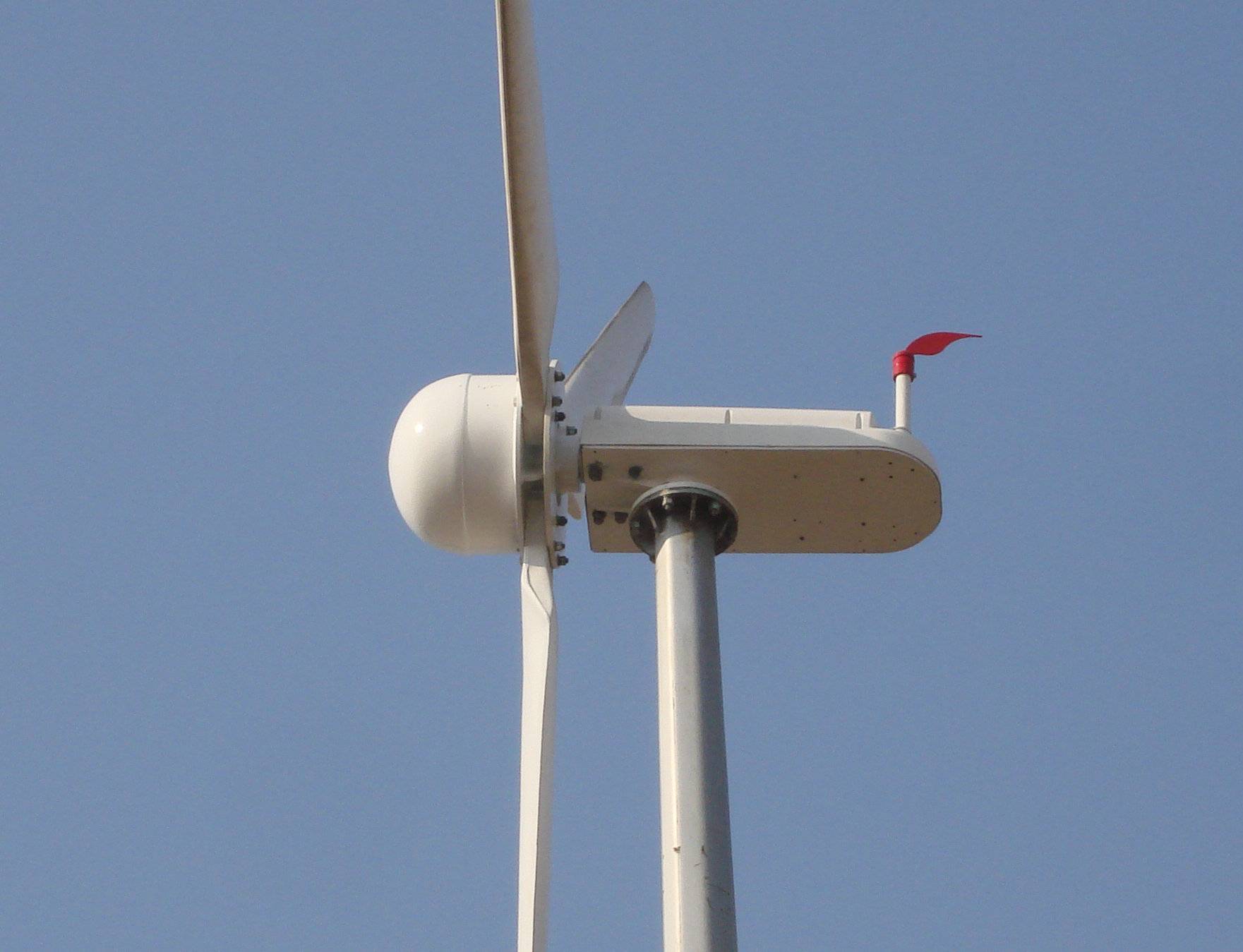
National Renewable Energy Laboratory's (NREL’s) HOMER software has been used to perform the technical and economic analysis of hybrid wind-diesel-battery power systems. The amount of battery storage capacity has been varied from 0 to 60 load minutes (equivalent to 0–60 min of average load). The hybrid systems simulated comprise of various combinations (wind farms) of 600 kW commercial WECS supplemented with diesel generators and a short-term battery storage. The airport is located in the vicinity of the candidate settlement. In the present study, hourly mean wind-speed data recorded at an airport, K.S.A., has been analyzed to investigate the technical and economic feasibility/viability of utilizing off-grid hybrid (wind-diesel-battery) power systems to meet the load requirements of a typical remote/isolated village with annual electrical energy demand of 13,244 MWh. The Kingdom of Saudi Arabia's (K.S.A) area is large, with large number of villages/settlements scattered all over the Kingdom. A short-term energy storage integrated with wind-diesel system may compensate for fluctuations in the power output of the wind turbine and raise the fuel saving potential. However, introduction/dissemination of wind energy conversion systems (WECS) into the existing diesel systems results in the reduction of the diesel fuel consumption and eventually allows atmospheric pollution to subside.


Generally, remote villages are driven by diesel generators.

Since the maturing of the wind farm industry, attention has been focused on the use of wind turbines for electricity production in remote areas.


 0 kommentar(er)
0 kommentar(er)
